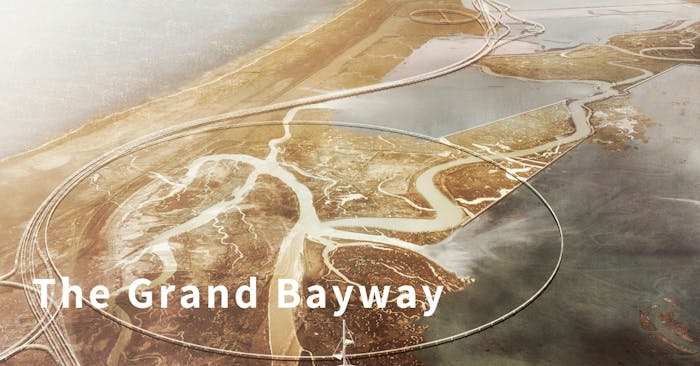The Team
Common Ground is comprised of landscape architects, urban designers, architects, scientists, artists, educators, economists, community organizers, academics, ecologists, and civil, hydrological, geotechnical, and structural engineers.
Their common cause is an urgent sense of our collective task: they must quickly formulate an approach to sea level rise that is investigative, experimental, adaptive, socially responsible, and sustainable.
Members include TLS Landscape Architecture, the Exploratorium, Guy Nordenson & Assoc, Michael Maltzan Arch, HR&A Advisors, Sitelab Urban Studio, Lotus Water, Rana Creek, Dr. John Oliver, Richard Hindle (UC Berkeley), and Fehr & Peers Transportation Consultants.

 03 Good Health and Well-being
03 Good Health and Well-being
 09 Industry, Innovation and Infrastructure
09 Industry, Innovation and Infrastructure
 11 Sustainable Cities and Communities
11 Sustainable Cities and Communities
 13 Climate Action
13 Climate Action
 06 Clean Water and Sanitation
06 Clean Water and Sanitation